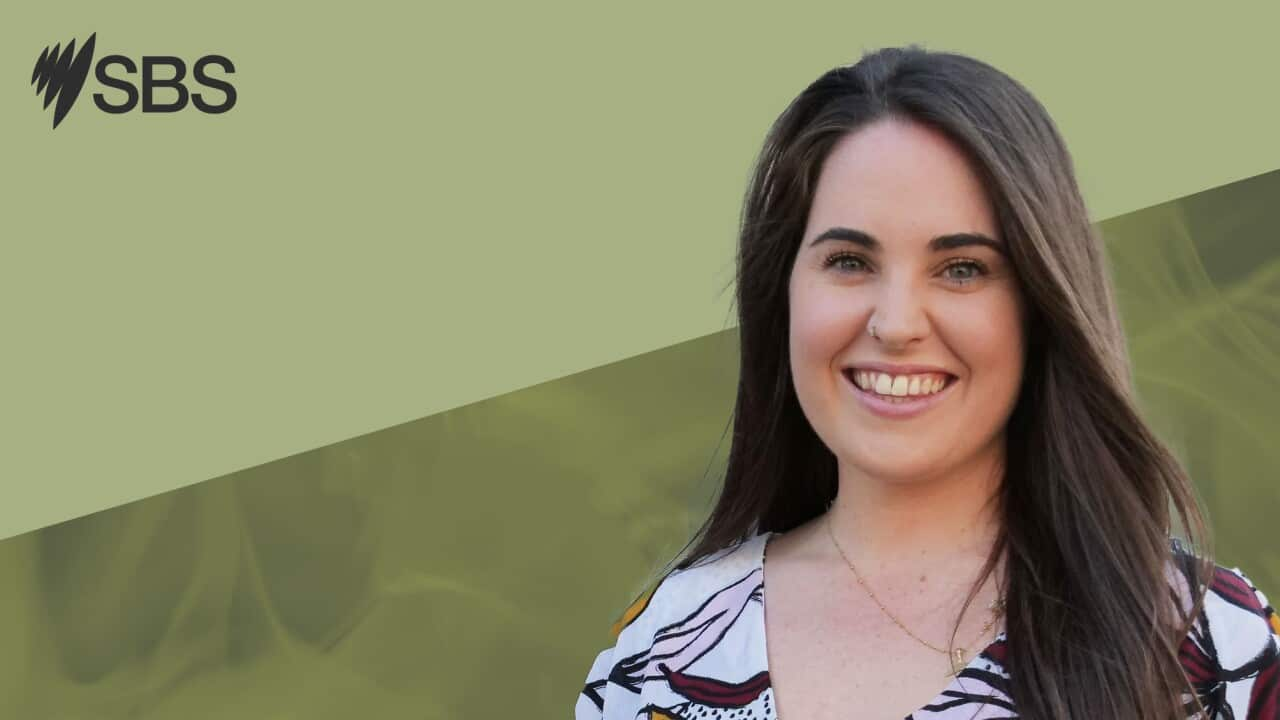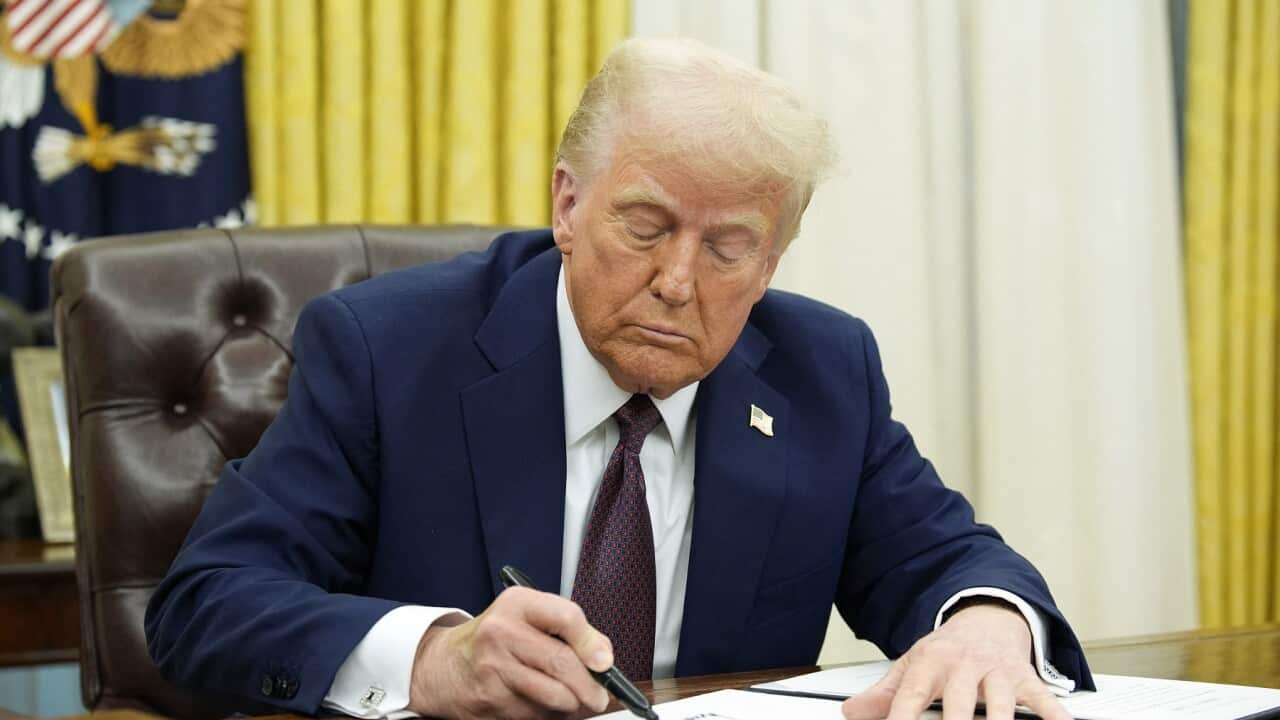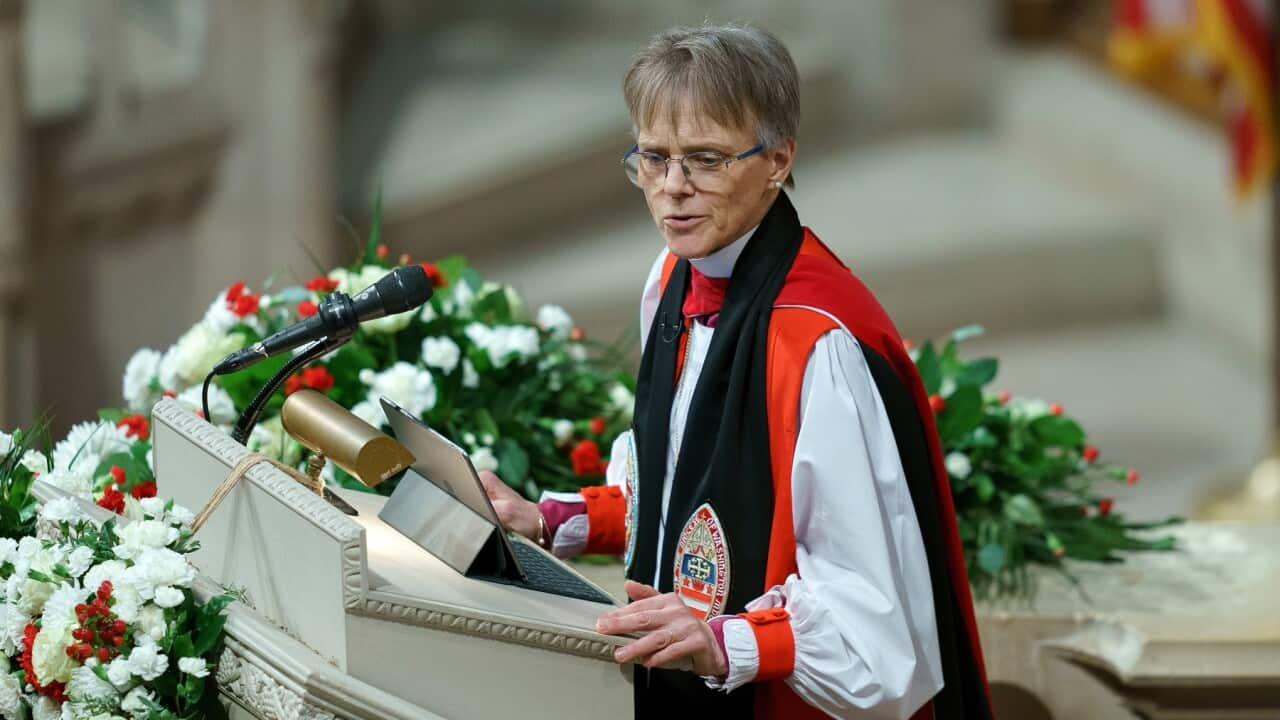TRANSCRIPT
"It was about 4:45pm yesterday afternoon authorities were called to this house on Anderson Street in Port Hedland and after the firefighters were managing the blaze they went into the house and found the three children dead so it's absolutely heartbreaking news."
On the 19th of July 2022, authorities were called to a fire at a home in Port Hedland, a town in the Pilbara region of Western Australia.
Firefighters found the bodies of three children inside the house - a 10-year-old girl and two boys, one aged 7 and the other a five-month-old baby.
Their mother pleaded guilty to the triple-murder of her children.
Michelle Stanley was there.
"People are really feeling this tragedy whether they knew the family or not, people are really feeling this. This is a really lovely part of town, a lot of kids. We have kids that drop in just to meet our dog and talk to the neighbours dog so this is a really close community and everyone is pretty devastated."
Michelle says she knew her whole life she wanted to work in radio - and after a stint overseas working in marketing, she became a rural reporter back home in Western Australia producing content for radio, TV, and digital platforms.
She says she's always loved working in the regions, as it's quite different to that of a reporter in the city.
"It's beautiful and really difficult. It's beautiful in the sense that the people you're reporting on and reporting to, and you can have a real connection with the community, and I think the stories that we do are so much more important because they're impacting people, but it's sort of got that catch 22 where people know you, people recognize you, you are surrounded by it at all times. You don't get to just go home and leave the area. You are there and you stay there, and so you are driving past the scene or you are going to the supermarket and bumping into the person or the people that you are sometimes not doing great stories about."
Michelle had been a rural reporter for seven years when she covered the house fire.
She was working in the Pilbara as a senior member of her team and typically covered things like cattle and iron ore prices.
To report on crime was uncommon for Michelle, but she happened to live a couple of streets away from the incident.
"My partner got home from work and said he'd seen some lights and that kind of thing around the corner and we didn't really think anything of it. And then I got a phone call from my manager to say, I think there's been a house fire, do you know anything about it? We got in the car and I went and took some photos and some videos of the house. The cops were out the front and I just had that feeling that there was something going on. So we didn't have confirmation at that point that the children had died, but I had a feeling that it would go somewhere. So I took photos and I took some videos so that we could use that for a digital story and any kind of overlay for any TV story that we might've been needing in the morning. Then when I got home, police me confirmed, yep, three kids have died."
Once they had confirmation of the children's deaths, Michelle says it was all systems go with reporters from the city being sent to help cover the story and planning underway.
"Got up early. I think I had a live cross. It was on my phone. I didn't have the right technology to be able to actually do any of the live crosses with a real camera. So I was in selfie mode standing out the front of this sort of police tape near the house and yeah, just did a couple of crosses, took some photos, was filing to Perth, doing radio crosses. We were writing the news copy, the digital copy, all that kind of stuff. We basically just had to stand in front of the house and wait. I think I got down to the house around 5:30am that morning, and I remember being there until about seven at night just watching."
Michelle was 30-years-old when she covered the house fire - and the only reporter living and working in the Pilbara of any network in Australia.
"It was exhausting, and it's one of those weird things where as a reporter you almost thrive on the adrenaline, and I don't want that to come across as though you love a bad news story. No one loves a bad news story, but you just know what to do and you go into action mode. And so it was devastating because it was such a sad story and you w ere talking to people who were so upset that their schoolmates had died or whatever, and we didn't know the circumstances at that point, but it was so sad. In a way, it's almost rewarding because you're able to tell people what's happened and shine a light on something that if reporters weren't there, people wouldn't know about it and people wouldn't find out about that kind of story or that kind of incident."
Michelle says she isn’t sure why this particular incident affected her as much as it did, and still does.
She wasn’t new to hard news, and had been a reporter for years.
But as Michelle describes, the response from the family members affected by the fire was something which stuck with her - and challenged her idea of what a journalist’s role is.
"The family was coming in to be there when the bodies of the children were being removed. There were I think four people watching while the bodies were removed from the house. And I have chills just remembering that moment leading into it. We were very aware this is an Indigenous family and reporting on First Nations people is very different to other types of reporting in terms of the sensitivities and I remember at one point I was behind the camera and I was panning across, and I think the family saw that the camera was on them at one point and they came running up towards me just yelling and screaming and telling me to go away, and they were so angry at me."
A journalist is trained to gather, analyse and report on news and current affairs.
They play a vital role in informing the public and uncovering the truth behind stories which affect individuals and communities.
So what happens when your morals as a journalist are called into question by those you’re reporting on?
And more importantly, how do you deal with that?
"That had me on edge I was really emotional and just aghast that I'd upset them. They were grieving and that's what they were saying, we are grieving, leave us alone. And I just felt terrible that I'd made them feel worse. Anyway, then they went to stand by the house and this van was there and they were bringing the kids out and there was this grandma and just the wailing, the grief, the crying and screaming as they watched these bodies be removed. I remember laying in bed that night and all I could hear was that screaming. It was that wailing. It really stuck with me. I just kept thinking, imagining if that was my nephews or imagine if that was that girl that comes and says hello to our dog every day."
After all the metro reporters left Port Hedland and Michelle was once again the only reporter in the Pilbara, she noticed her stress affect her physically.
It can often be easy to ignore our stress mentally - and just tell ourselves it’s our job to carry on. But when it takes shape physically, it’s much harder to ignore.
When Michelle went back to work to once again report on charges related to the house fire, her neck cracked - and she couldn’t move.
She persevered - but knew it was a physical reminder of the stress pulsating through her body.
Soon after, she reached out for help.
"My partner got home from Perth and he was trying to talk to me and I felt like I couldn't talk to him. It was almost as though someone in my family had died and I realised that it wasn't right. I was dreaming about the family, I was dreaming about everything that was going on. I got help straight away, but didn't realise that there was still this ongoing impact and getting the camera out the first time after that event, I got really emotional again, my heart was pounding as though I was reporting on the story. I stopped driving past the house. I stopped letting it be in my daily habit to go to the supermarket. I started driving a different way to the supermarket so I didn't have to drive past the house because every time I did, I was just so emotional and my heart would just be pounding and I'd be really, really stressed out."
And even to this day, Michelle still frequently reflects upon her time covering that story.
"I think about it all the time in different ways. I drive past the house and I can never just drive down that street. It's always going to be present. And I live two streets away. It is just so present in town. So I think about it all the time. I think I manage it a lot better. I don't think it holds as big a place or has as big an impact on me anymore, but it's still there. I'm still sad. And sometimes you're laying in bed at night and you remember that thing and you have that regret, and I have that regret that the family thought I was filming them, the camera wasn't turned on. I still think about moments like that, and it does go over in my mind."
But as traumatising as it can be covering such tragic incidents, lessons are learnt in the process.
Especially when it comes to industry change - which Michelle says should be reflected upon.
She worked longer than 12 hour days during the coverage - which she says worsened the effects on her mental health.
It's something she says should be better questioned by those in charge.
"There are risk assessments to stop people having physical injuries, but I don't think we put the same weight on the emotional and the mental injuries that we suffer in our jobs. And I think that needs to be considered a lot more. But I do think it's not just the seriousness and the devastating story, it's also the fact that when you're doing these stories, you're doing 12, 14, sometimes 20 hour days to get that story and to report on that story. So being there physically can have a really big toll on the reporter, and we need to start thinking more about the mental health and the physical health and the emotional health, health of the reporters more than we currently do."
And Michelle says although she considered leaving the industry, covering the house fire made her a better journalist.
"It made me question why I was doing it, why I was there, and what benefit it brought. I think it did change how I report on things. I think I became a softer journalist. I think I started to say no to things a little bit more. I started to be really aware of my public safety. I've really tried my best to be more supportive to my colleagues and to remind them that it's okay if you're going through a rough time and that I'm available and other people are to call the EAP, whatever it may be. We know that people are supportive, but I don't think it's as natural for the journalists to tell someone that they're struggling because it is sort of just part of the job and you should just be able to deal with it so I think as a team member I've changed a lot."
You’ve been listening to History’s First Draft with me, Ciara Hain.
For more episodes exploring the effects of reporting the news on journalists, follow the podcast on the SBS Audio app, Apple Podcasts, Spotify, or wherever you listen.













